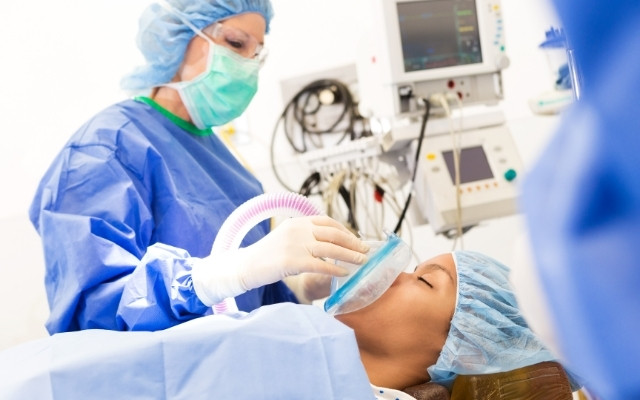Sedation dentistry means a relaxing and enjoyable experience for patients who fear going through dental procedures. From mild sedation to deeper sedation for major treatments, these medications affect your coordination, memory, and alertness. Due to all of these factors, it is not safe to drive after sedation. That is why planning transportation is crucial.
Want to know more about this? Read the blog.
Why Is Transportation Planning Important?
With sedation, dentists help the patients to relax or even sleep during the dental treatment. This state of drowsiness can last for several hours, which is not safe for driving. That is why you should plan your transportation before coming to the clinic.
Transportation Options Before and After the Procedure
The patients must look for safe and trustworthy means of transportation to return to their homes. These are the usual options:
- The best option is to have a family member or a friend with you. They will support you and bring you back safely to your home.
- Another good option is a medical transportation service. Some clinics provide this service for senior patients. Check with your dentist about all these details beforehand.
Preparing for Transportation Before the Appointment
Planning ahead helps avoid last-minute stress. Here’s how to prepare for a smooth transportation experience:
- Schedule Your Ride in Advance: Whether using a personal driver or a rideshare service, you should plan ahead to ensure availability.
- Inform Your Driver About Your Condition: If a family member or friend is driving, they should be aware of your possible drowsiness or disorientation.
- Don’t Take Public Transport: Buses and trains are not safe for a person who feels drowsy or dizzy. So, try avoiding this mode.
Post-Sedation Considerations for a Smooth Recovery
After the operation is complete, your attention must shift to rest and recovery. Learn what you should focus on along with your transportation after a sedation dentistry procedure.
- Rest Before Continuing with Activities: As a patient, you should avoid all physical activities, driving machines, or major decision-making for a few hours.
- Having Someone to Stay with: A responsible adult, if available, should stay with you for a few hours to observe your medical status.
- Stay Hydrated and Comfortable: Try resting in a quiet area and drinking water. These may assist with the recovery.
What to Do If You Don’t Have a Ride Available?
If a patient does not have anyone to take them, they have these options:
- Call the Dental Office: Some offices have transportation suggestions or support for patients who need it.
- Utilize Community Resources: Non-emergency medical transportation can be provided for those with special needs.
- Plan Ahead: If rideshare or taxi services are necessary, booking in advance prevents any delay in returning home.
Transportation planning is a significant aspect of sedation dentistry that guarantees a safe and comfortable experience. Because sedation impacts coordination and awareness, driving is not possible. Having a ride arranged with a trusted friend, taking a rideshare, or obtaining medical transport are the best options for getting home safely.
Patients need to arrange with their dental clinic if they have some transportation issues. They can have time to think about recovery instead of the stress of worrying about how they are going to get back home.


